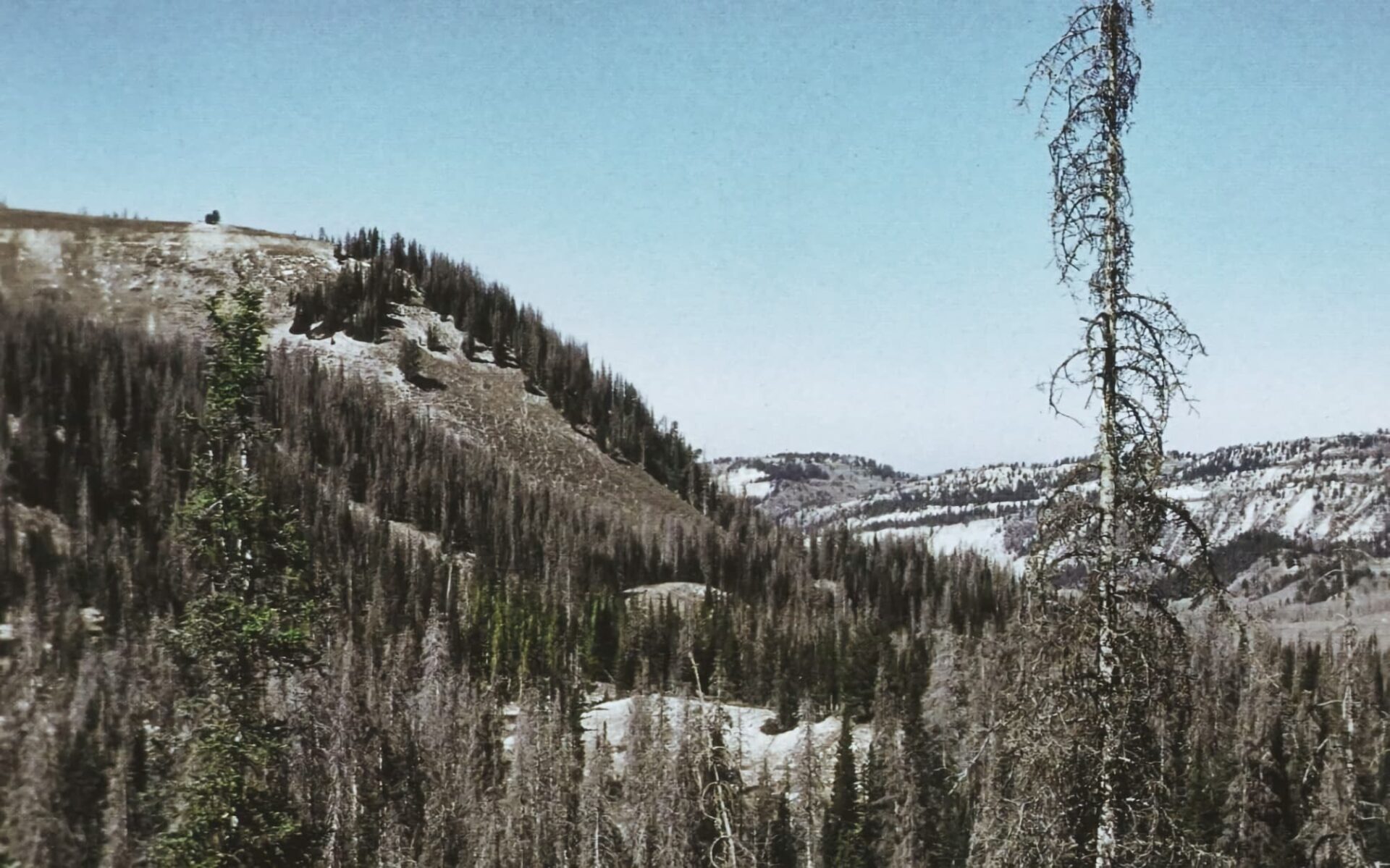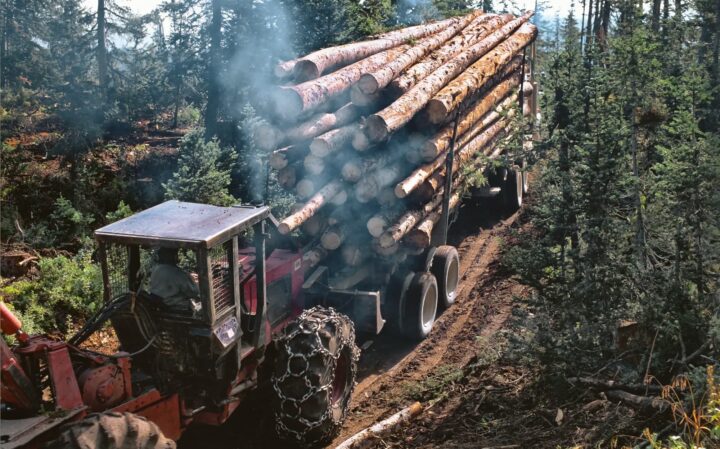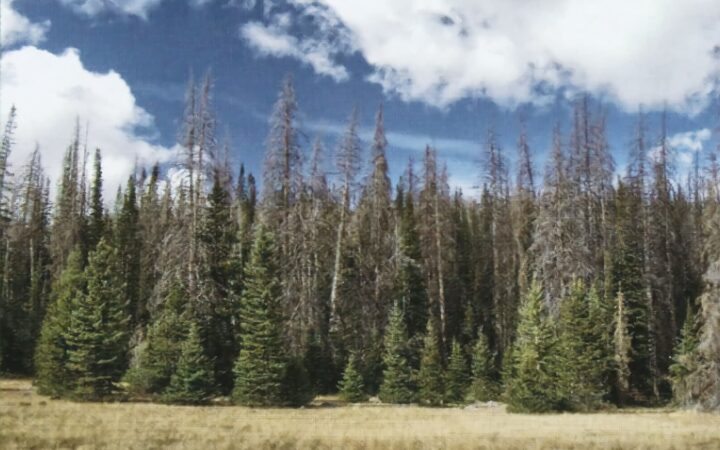Environment and Sustainability

Our commitment to conservation and preservation isn’t a modern style choice. It is a value we have always held. Environment and sustainability have been at the forefront of what we do since the very beginning.
Since 1974, Satterwhite has prided ourselves in using dead-standing Engelmann Spruce, found in the higher elevations of the Rocky Mountains, for our house logs and many components of our houses.
Conservation and Commitment
Most of this Spruce is located in our National Forests and managed by the U.S. Forest Service. As we perform our logging and hauling, we are under stringent regulations to protect the land, watersheds, and residual timber for the good of us all.
We are conservationists who believe that the resources God has blessed us with have to be used wisely. Satterwhite works well with the Forest Service. We don’t try to cut corners; thus, we have many friends in the Forest Service and our timber sales have even been used for congressional tours to show the right way to log dead timber.

Reducing Resource Consumption
By logging dead timber, weights are greatly decreased both for hauling logs to the mill and hauling finished products to the jobsite, thus more board footage is moved per truck, decreasing fuel consumption per board foot and saving transportation cost.
At our mills, we are constantly trying to saw more efficiently, as well as saw for the highest and best use of each log. Satterwhite offers a myriad of sizes in our products. We do this to satisfy the wishes of our customers, and to best utilize our log supply, since logs come to us in all sizes and with numerous combinations of product sizes that can be sawn.


Forest and Safety
The risk of fire to homes in the American west and midwest is ever-present. By logging only dead standing timber, we remove persistent threats from our forests. We create space for new, green growth, and we make communities safer places to live.

High and Dry
Why do we not use locally grown Southern Yellow Pine or Eastern White Pine for our log homes? It sure would make our lives simpler!
We believe, first and foremost, that log home logs are best if they are dry. To us, dry means below 17% moisture content all the way through! Southern Yellow or Eastern White Pine are not found in commercially adequate stands of dry dead trees, so they would have to be sawed green, then dried in a kiln.

Saving Lost Trees
In the inter-mountain West, bark beetles have ravaged huge forest of Lodge-pole Pine and Engelmann Spruce. The Spruce grows high in the Rockies, beginning in the Aspen band and growing up to the tree line. There the growing season is short (so is the logging season!) So, trees grow very slowly. Growth rings are very close together so the wood is very stable.
We harvest this bug-killed timber which in most cases has been standing at 10,000 feet for years so that it is dry to the heart, or almost. The bark beetles that kill the trees literally mine the bark off the trees, strangling the nutrient flow. These insects feed on the cambium layer under the bark and are not interested in the wood underneath.



Our Utah mill is located (not accidentally) in a high desert at about 5,200 feet, so that spruce lumber that is not-yet-dry can easily air-dry its desired moisture content. This type of wood has been Satterwhite’s source since 1974. It has served us, and you as a homeowner well.